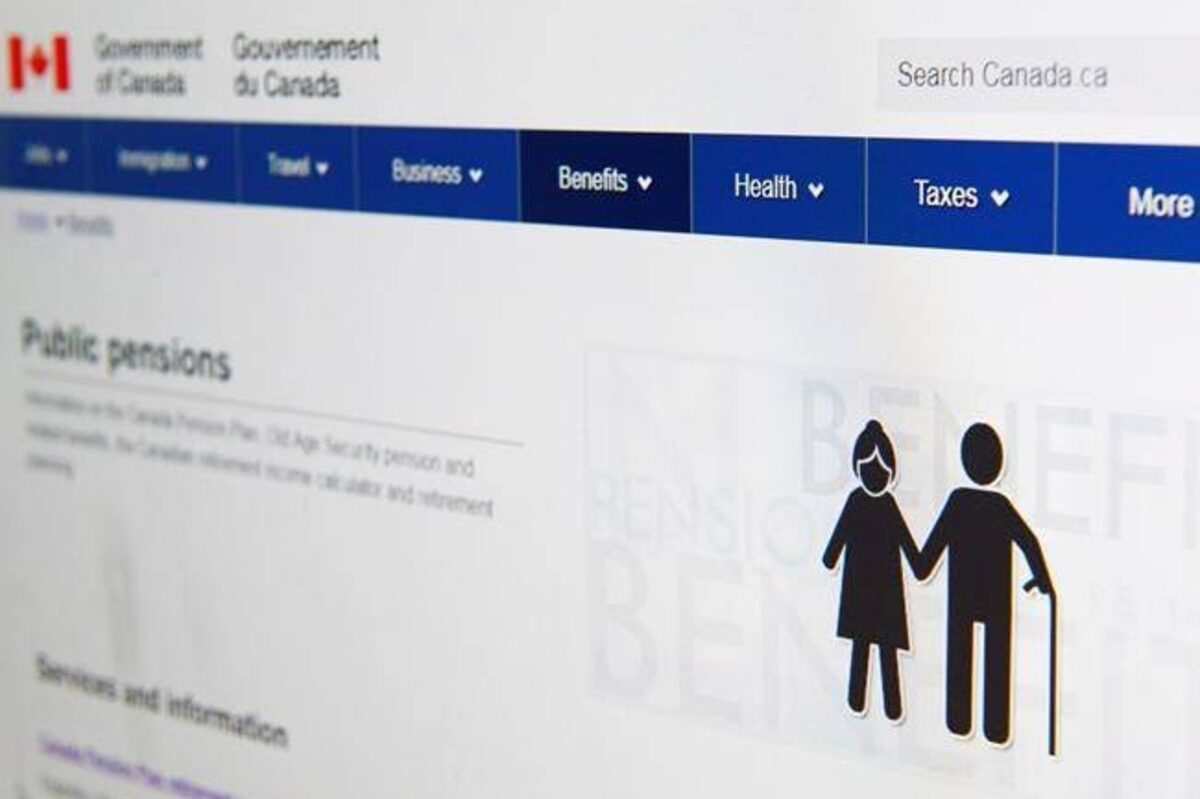The OAS bonus is being given to well-off seniors. As more and more affluent Boomers retire, that’s going to put a strain on federal finances.
(Note that OAS is different from GIS, which is available to low income seniors)
Last year, the Liberals boosted OAS by 10 per cent for seniors 75 years and older, claiming it would help poorer senior citizens. That claim is nonsensical – if the government wished to help poor seniors, it already has a tailor-made program at hand: the Guaranteed Income Supplement. (The income cutoff point is much lower than for the OAS, just $21,456 for individuals.) Any OAS reform should start with scrapping that 10-per-cent increase and targeting those funds narrowly to low-income seniors who receive the GIS.
Last year, the federal government spent $69.4-billion on elderly benefits. That will jump to $101.3-billion in fiscal 2029.
Clawbacks of the benefit ($8,492 a year) start when an individual’s taxable income reaches $81,761 but even those making up to $134,626 receive reduced payments, or $137,331 for seniors over 75 whose OAS entitlement is increased by 10 per cent. For individuals who deferred receiving OAS in exchange for higher monthly payments, that ceiling is considerably higher, around $170,000. And those clawbacks are assessed on an individual, not a household. A household made up of two seniors eligible for the maximum OAS could have a combined income of about $340,000 and still receive a small monthly payment from Ottawa.



It makes more sense when you consider seniors are among if not the most active voting bloc.
Where can we get the best official demographics, it must be enumerated somewhere?
StatsCan and Elections Canada produce pretty reliable numbers.
Ok
Here you are.
I was hoping to click on that and just see a picture of someone’s grandma.
Thanks